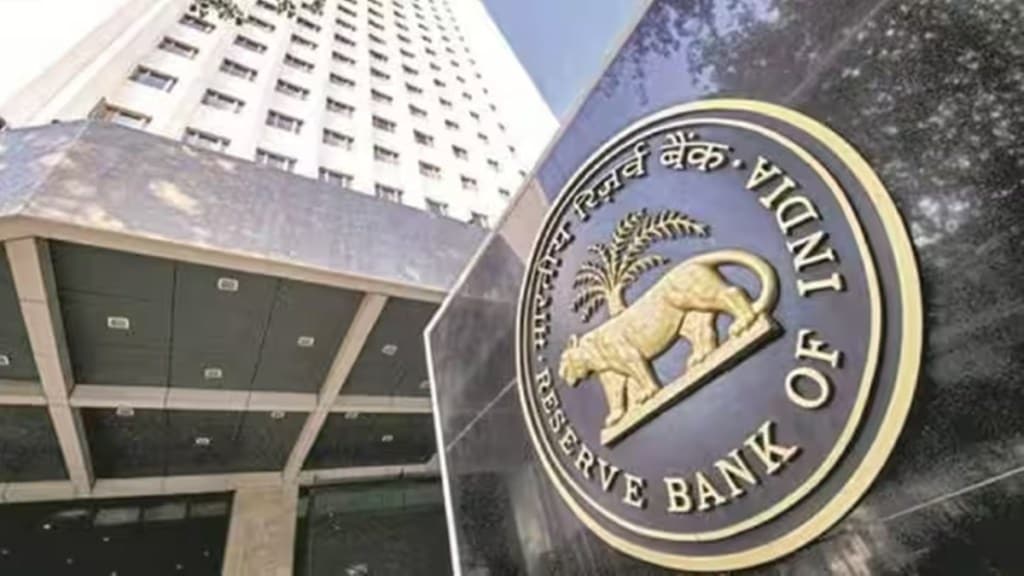The tone of the Reserve Bank of India’s (RBI’s) policy statement on Friday was decidedly hawkish, even if stealthily so. The rates may have been left untouched and the stance retained at ‘withdrawal of accommodation’, but the accent on liquidity management and the explicit mention of Open Market Operations (OMO) indicate the central bank wants to do more to ensure the rise in prices is reined in. Although the RBI recognises there are significant upside risks to food prices, it has retained the FY24 retail inflation forecast at 5.4%. It would not want to be off the mark and is, therefore, taking no chances.
At the same time, rather than raising the repo rate from the current level of 6.5%, it has for the moment opted to try and hold down prices by actively managing liquidity conditions, making it clear that liquidity will remain its preferred way to manage inflation risks, rather than tinkering with policy rates. If the reaction of the bond markets is any indication—benchmark yields jumped from 7.21% to 7.34%—liquidity will be kept tight. It is possible that the RBI intentionally stressed the need to manage the liquidity so as to signal to the bond markets that banking liquidity will not be always in a surplus.
One can’t blame the central bank for giving itself time to try out the liquidity option because a rate hike at this stage could jeopardise the growth momentum. While the urban economy has held up well, one can’t say the same for rural India although the RBI hasn’t changed its GDP growth forecast of 6.5% for the current year. The cumulative rate hike of 250 basis points is steep. Moreover, as RBI Governor Shaktikanta Das observed, the hikes are yet to fully work their way through the economy.
However, having put the bond markets on alert, the RBI now has the flexibility of using both rates and other tools as and when it needs. The central bank has chosen not to continue with the 10% incremental CRR, which had soaked up some `1.1 trillion. That is understandable because we are approaching the festive season and already tax outflows have sapped the system of some liquidity. While government spends will bring back liquidity, the RBI may need to intervene in the currency markets. The central bank will probably wait to see how the liquidity situation shapes up and how successful the OMOs are before bringing the ICRR back.
The fact is the RBI can’t ignore either the tightening liquidity conditions globally or the narrowing India-US interest rate differentials even if it might seem that the dollar will not strengthen too much from here on. The country’s foreign exchange reserves may be comfortable, but the anticipated forex inflows from India’s inclusion in the global bond index are some time away. Right now, there is little visibility on the global crude oil prices and also how large economies like the US and China will fare. If the RBI’s Q4FY25 inflation forecast of 4.3% appears optimistic, one must understand it is the outcome of an arithmetic model. The fall in core inflation by about 140 basis points from the recent peaks in January is comforting, but this could easily change if growth picks up pace and is not enough cushion at a time when the food prices are volatile. Most economists expect a rate cut only in June next year when the inflation trajectory becomes clearer. For now, it’s a long pause.

